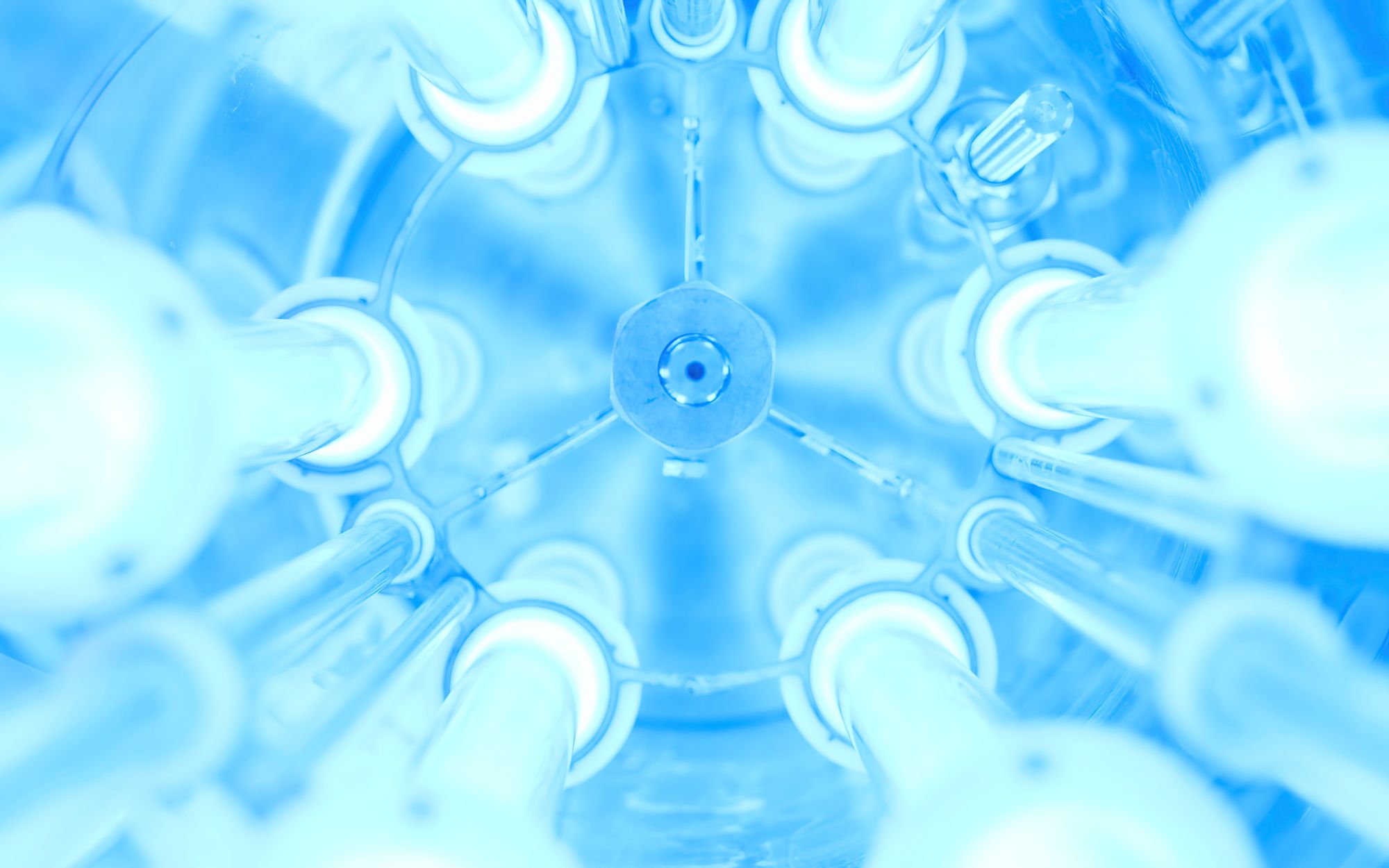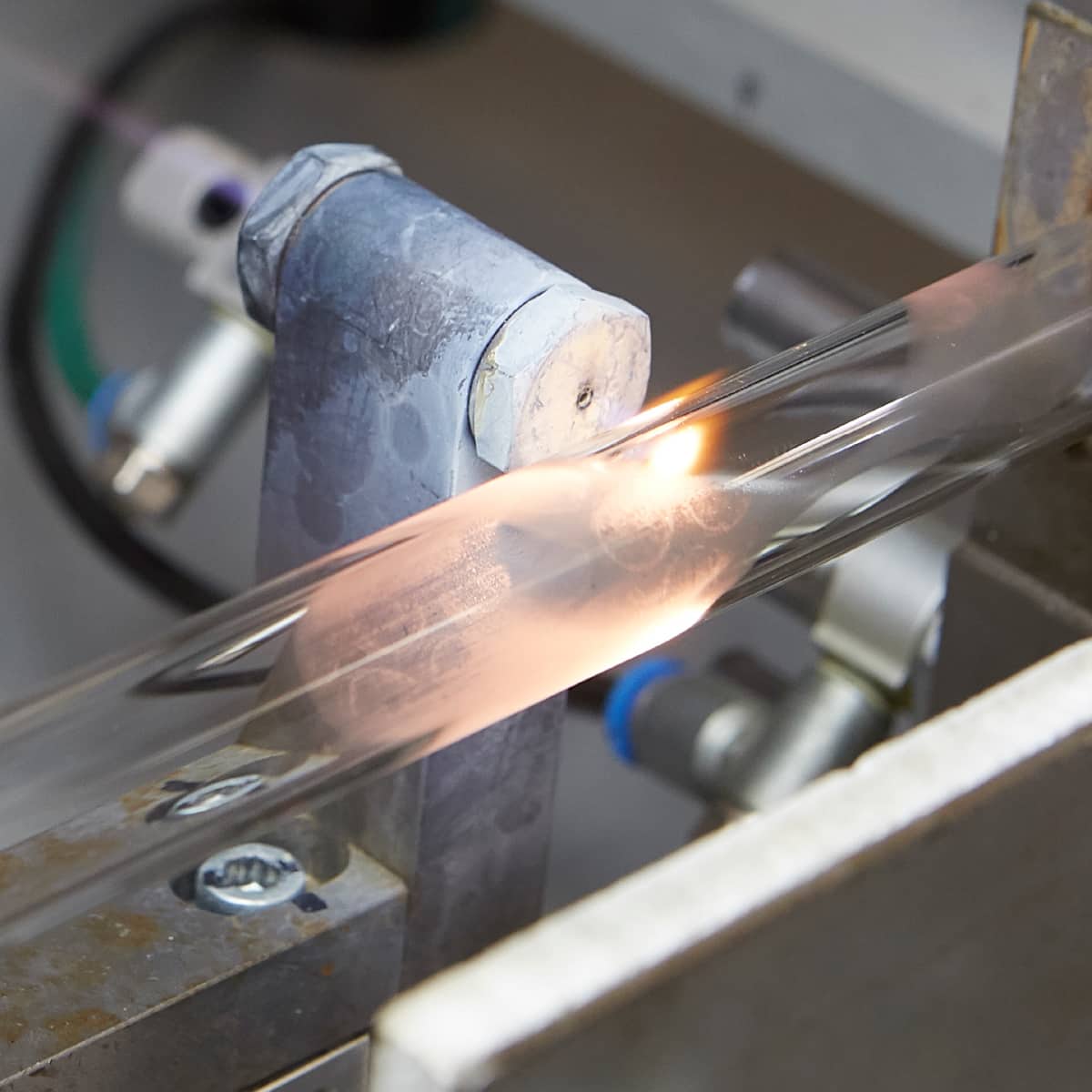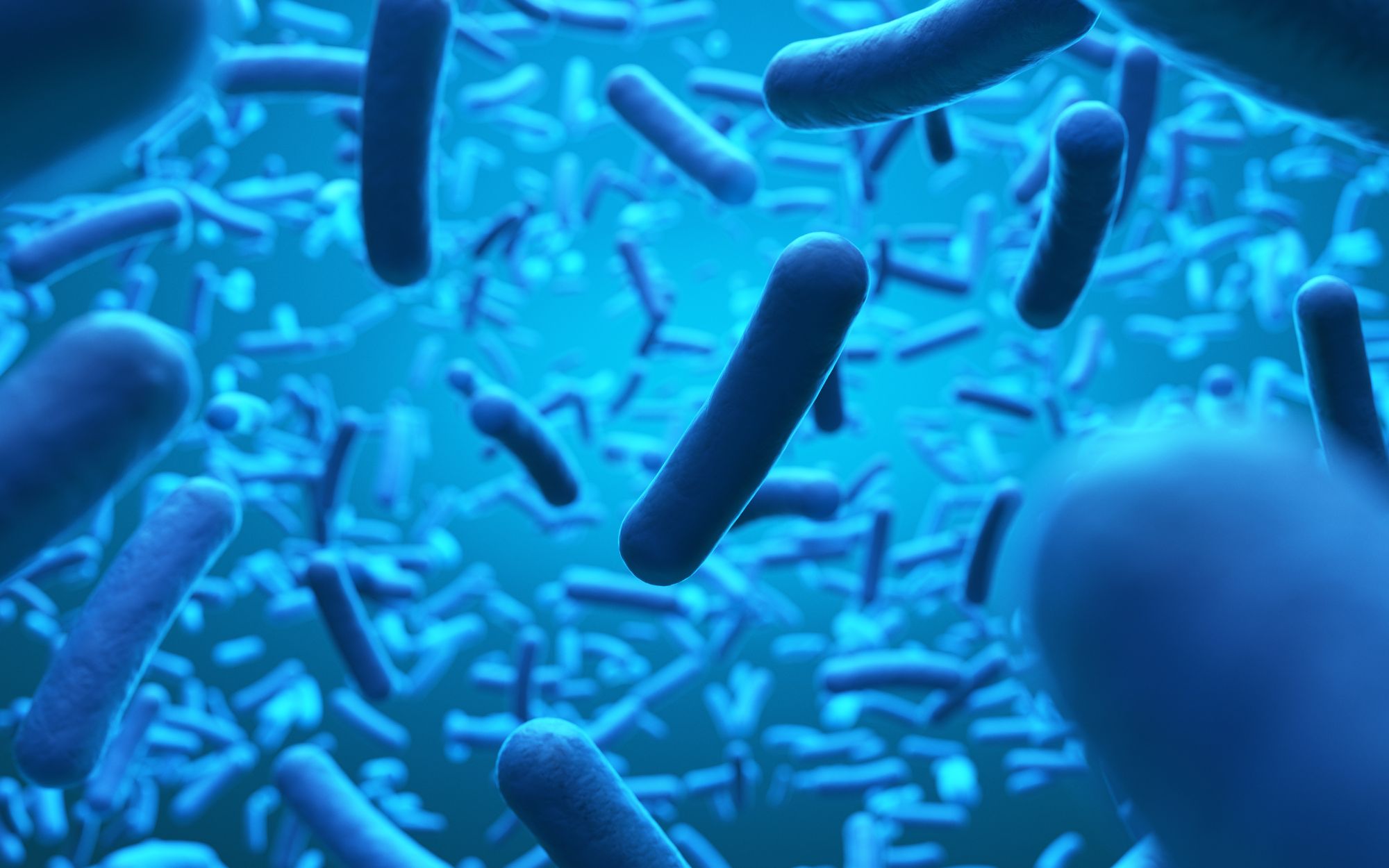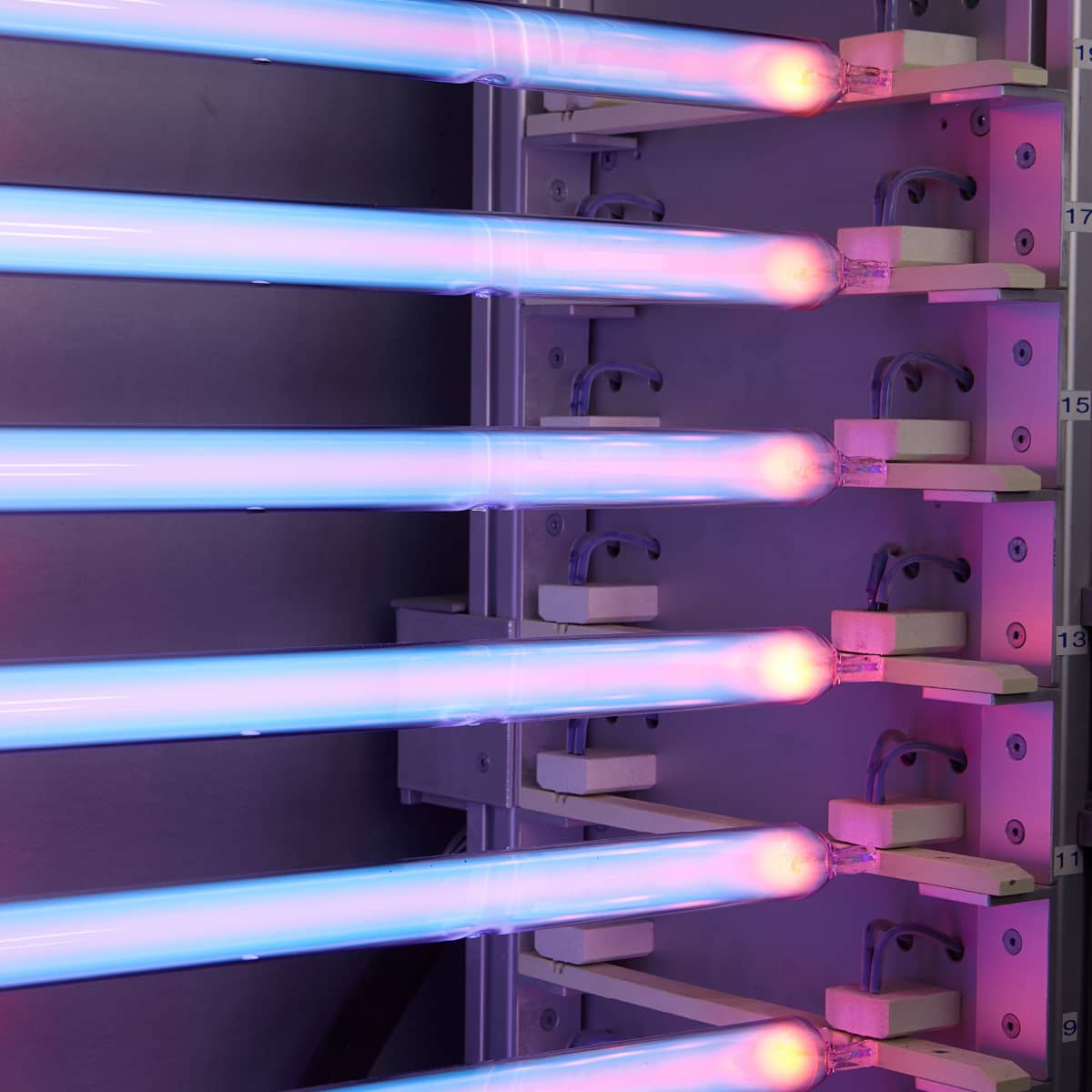There are three key parameters to consider when selecting and sizing a UV disinfection system:
- Water quality
- Water flow rate
- Pathogen(s) to be inactivated
To fully understand the principles of UV system selection, each parameter needs to be examined in more detail.
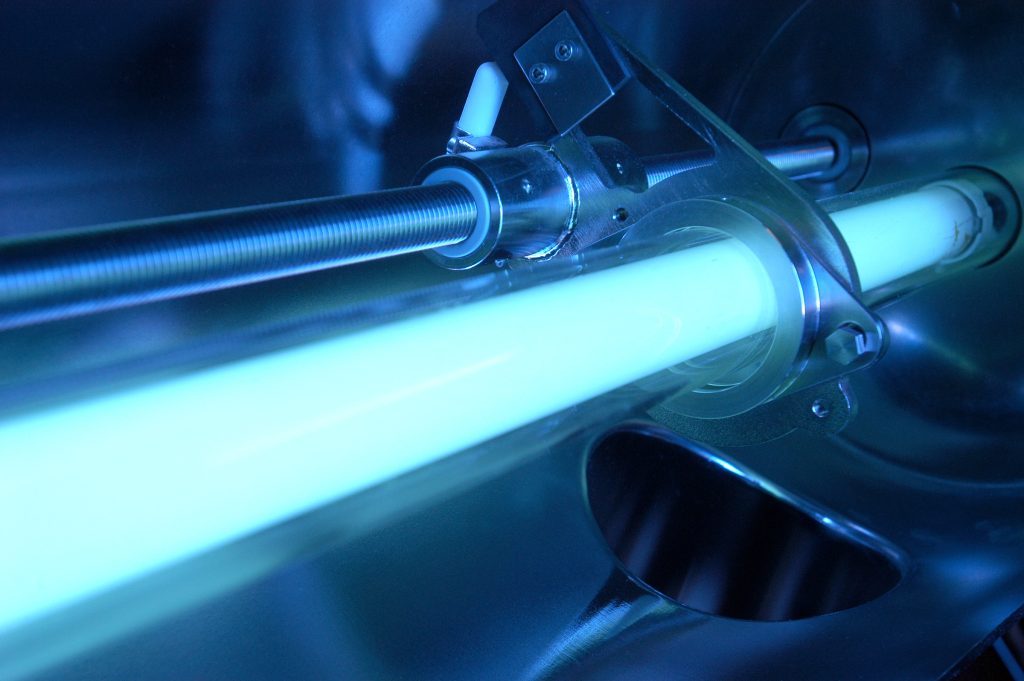
UV Transmission (UVT)
The nature and quality of the water to be disinfected are critical, and UV transmittance (UVT) is the most important of all the water quality parameters. UVT determines how easily UV-C light penetrates the water to get to the organism.
UVT is measured by taking a water sample in a quartz cuvette and passing UV light at 254nm through the sample. The percentage of UV light penetrating this sample is called the sample’s ‘UVT.’ Most typically, the cuvette used has a path length of 10mm, in which case the UVT reading is referred to as the ‘T10’ value. Other parameters such as biological oxygen demand (BOD), chemical oxygen demand (COD), turbidity, and total dissolved solids (TSS) may be an indication of the water quality and the UVT range to be expected, but only a direct measurement can be relied up as there is no correlation between these parameters and UVT.
If the water quality varies over time, a single spot sample can be unreliable, so samples should be taken over a representative period. Then, ensure that the UV system you select can deliver the required dose under those conditions.
Total Suspended solids (TSS) and total dissolved solids (TDS) or salinity are also important. TSS is particularly important because excessive TSS can result in a phenomenon known as ‘shielding’, whereby the pathogens are shielded from the UV-C light by particles suspended in the water. TDS/salinity is important because, at very high levels, attention must be paid to the construction materials of the UV system to avoid corrosion.
Flow rate and residence time
UV Inactivation is a very rapid process requiring only seconds, so UV treatment can offer a very compact and rapid treatment compared to alternative disinfection technologies.
But if the dose is defined as Intensity times residence time, then for any given reactor volume, the slower the flow rate of the water through it, the longer the UV exposure time and vice versa, so the water’s maximum and minimum flow rate are key performance parameters. This is why many UV systems now have the ability to adjust the power output of the lamps in relation to changes in water flow rate. By doing so, energy may be conserved when water flow rates are lower than peak flows.
It is important to establish the instantaneous flow rates when determining maximum and minimum flow rates, as this determines the instantaneous minimum and maximum UV exposure times. Daily and hourly flow rates are usually misleading in this respect, as they can mask important ‘peaks and troughs’ in the instantaneous flow rate, resulting in erratic calculations of the true UV exposure. In turbulent flow conditions, the residence time of organisms will vary, and hence, the dose received by each organism will be different. Any given reactor will have a characteristic Gaussian dose distribution, so beware of using average dose calculations in critical disinfection processes, as these are gross simplifications and can give a false sense of security.

